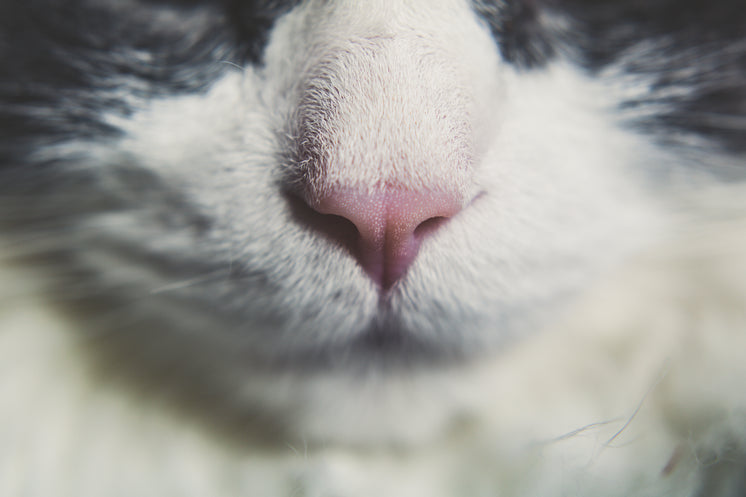The Role of Cat Litter in Animal Waste Management
The Role of Cat Litter in Animal Waste Management
Blog Article

Cat litter and litter boxes play an essential role in the lives of both felines and their owners. From the humble beginnings of sand and soil to the innovative improvements these days, the world of cat litter has actually evolved considerably. In this detailed guide, we look into every element of cat litter and litter boxes, exploring their history, types, advantages, obstacles, and everything in between.
The history of cat litter go back centuries, with ancient civilizations using sand, soil, and even ashes as primitive litter materials. However, it wasn't until the mid-20th century that modern cat litter as we understand it emerged. In 1947, Edward Lowe introduced the world's first commercial cat litter made from absorbent clay, transforming the way cats relieved themselves indoors. Because then, cat litter has undergone numerous transformations, with the introduction of clumping litter, silica gel litter, eco-friendly alternatives, and more.
Today, feline owners are spoiled for choice when it comes to selecting the right litter for their feline buddies. Standard clay litter stays popular for its cost and effectiveness in absorbing odors. Clumping litter, which forms strong clumps when wet, streamlines cleansing and maintenance. Silica gel litter, composed of extremely absorbent silica crystals, uses exceptional odor control and longevity. Biodegradable alternatives, such as recycled paper, wood pellets, corn, and wheat, interest ecologically conscious customers.
Each kind of cat litter provides unique advantages. Clay litter stands out in its capability to absorb wetness and control smells, making it a trusted option for numerous cat owners. Clumping litter streamlines everyday scooping and extends the time between total litter changes. Silica gel litter supplies extraordinary odor control and can last longer in between replacements. Naturally degradable litters offer a sustainable option that lessens ecological impact.
While cat litter enhances indoor feline hygiene, it is not without its obstacles. Dust from clay litter can present respiratory threats for both cats and humans, triggering the appeal of dust-free alternatives. Some cats may establish litter box aversion due to concerns with texture, scent, or tidiness, demanding experimentation with different litters and box configurations. Multi-cat homes may need strategic litter box positioning and frequent upkeep to prevent territorial disagreements and guarantee all felines have access to clean centers.
Choosing the suitable litter box is essential for promoting positive litter box cat litter pellets habits and general feline wellness. Elements to think about include size, availability, and style preferences. Covered litter boxes supply privacy and help include odors, but some felines may discover them confining or daunting. Open-top litter boxes use easy gain access to and visibility but might result in more litter scatter. Automatic self-cleaning litter boxes enhance EcoFriendly Litter Boxes upkeep but need routine monitoring and maintenance.
Correct litter box maintenance is vital for ensuring a clean and welcoming environment for both cats and their owners. Daily scooping eliminates waste without delay, reducing smell and dissuading litter box hostility. Routine litter replacement, generally every 1-2 weeks, avoids bacterial buildup and preserves optimum absorbency. Thorough cleaning with moderate cleaning agent and water, preventing extreme chemicals that might deter cats from utilizing package, should be performed monthly.
Cat litter and litter boxes play a central function in cultivating a healthy and harmonious relationship between cats and their human buddies. With a Modern Litter Boxes varied selection of litter options and litter box designs offered, feline owners have the versatility to customize their choices to suit their cats' preferences and home requirements. By comprehending the evolution, types, advantages, and obstacles of cat litter and litter boxes, pet owners can provide their feline buddies with a comfortable and sanitary indoor environment.